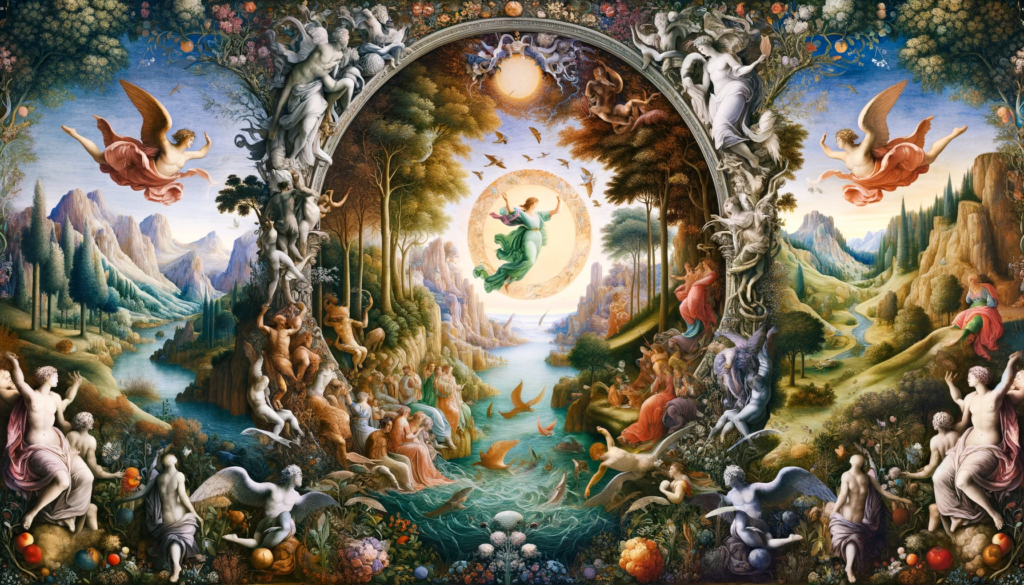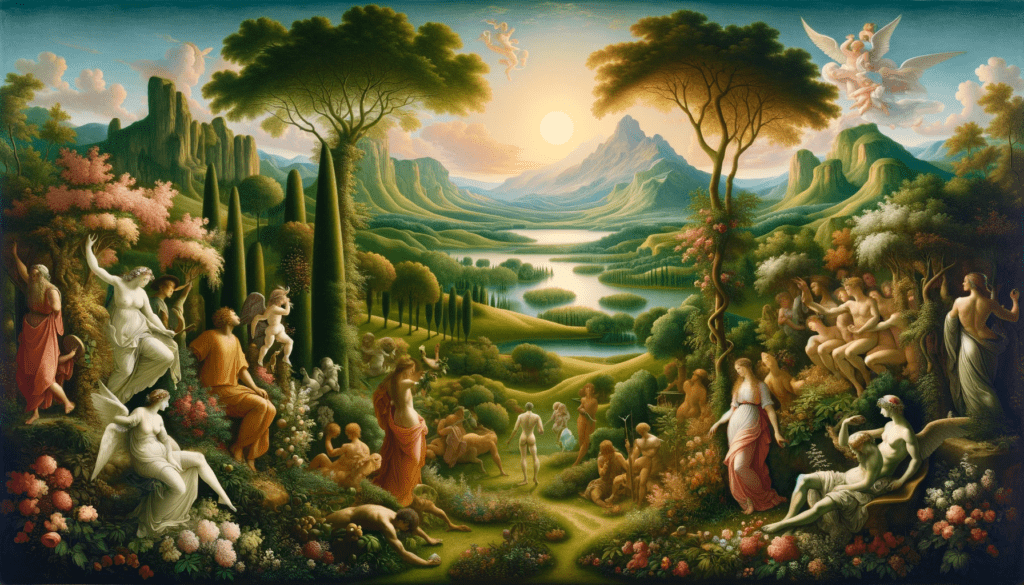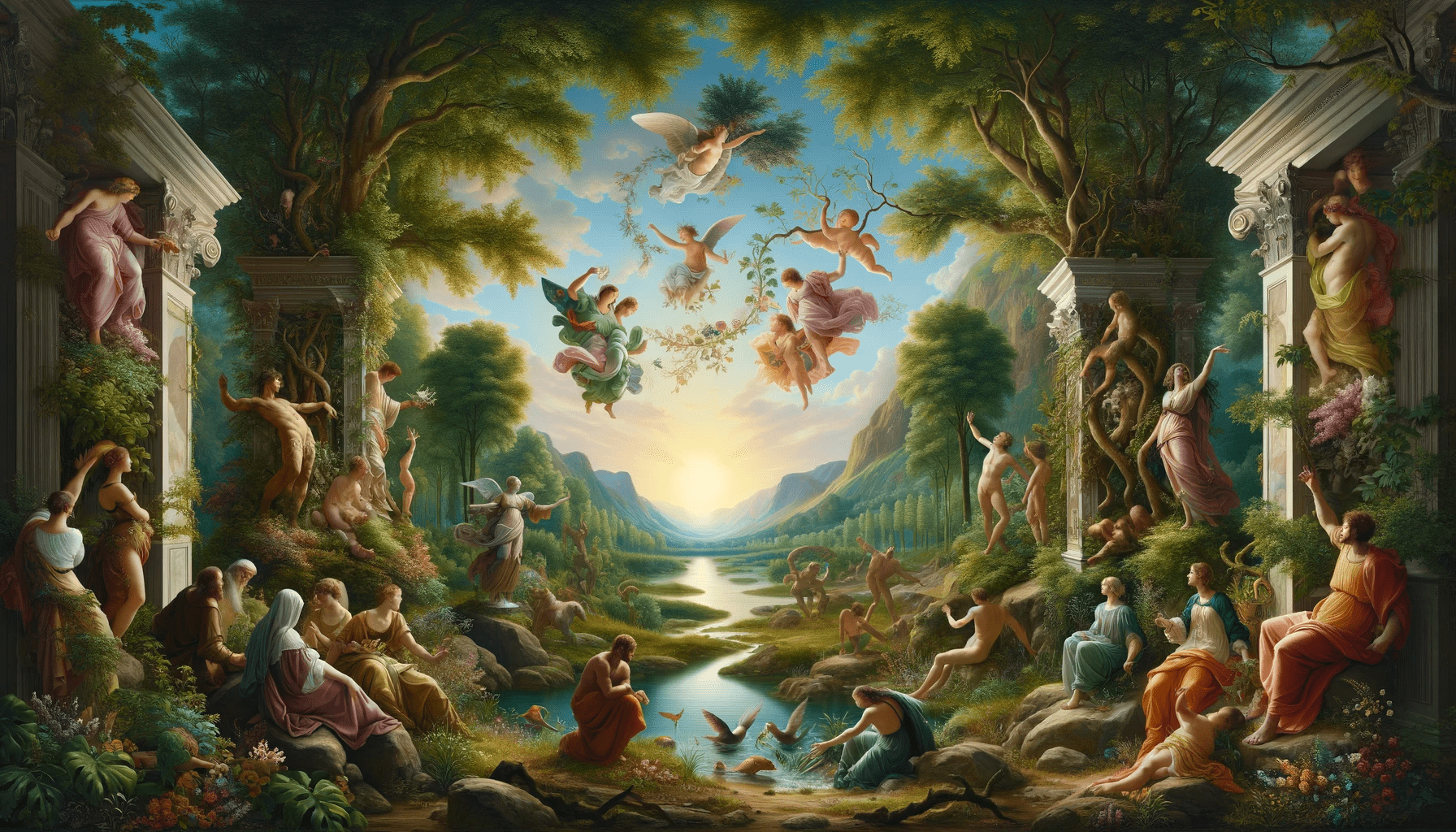The Italian Renaissance is known for its extraordinary artistic achievements, with artists such as Sandro Botticelli pushing the boundaries of creativity and expression. Botticelli, a master of the early Renaissance, left an indelible mark on art history with his ethereal figures, divine compositions and harmonious fusion of myths with Renaissance ideals of beauty. This article delves into the world of Botticelli, examining his most famous works and discussing their impact on the art world.
The Life and Time of Sandro Botticelli
Born in Florence around 1445, Sandro Botticelli, born Alessandro di Mariano di Vanni Filipepi, came to work in an era when art flourished under the patronage of the Medici family. His early works were marked by the influence of his teacher, Filippo Lippi, but Botticelli’s unique style – characterized by elegant figures, detailed landscapes and a refined approach to mythological themes – soon began to take shape.
The Birth of Venus: An Iconic Masterpiece
Perhaps Botticelli’s most celebrated work, “The Birth of Venus,” illustrates the birth of the goddess of love and beauty, Venus, rising from the sea. This masterpiece, painted around 1485, is praised for its beauty, composition and ability to blend the ideas of human beauty and divinity. The painting is emblematic of the Renaissance, which focused on the rediscovery of classical antiquity and interest in the human form and emotions.
Symbolism and Influence
“The Birth of Venus” is rich in symbolism, referring to Greek mythology and the humanistic ideals of the time. Botticelli’s use of color, his delicate treatment of figures and landscape, and overall composition reflect a deep appreciation for the harmony between man and nature. This work not only had a lasting impact on art, but it also contributed to the revival of classical mythology as a major theme in Renaissance art.
Primavera: A Celebration of Love and Transformation
In addition to “The Birth of Venus,” Sandro Botticelli is also known for “Primavera,” a painting that depicts spring as a time of love, beauty and rebirth. This complex work, replete with figures from Roman mythology, including Venus, Mercury, and the Three Graces, is a celebration of the fertility of nature and the cycles of life. “Primavera” illustrates Sandro Botticelli’s skill in weaving mythological stories with deep symbolic meanings, with each element contributing to the overall theme of harmony and beauty.
Technique and Style of Sandro Botticelli
Sandro Botticelli’s technique in both “The Birth of Venus” and “Primavera” shows his mastery of line and composition. His ability to capture delicate details and emotional expression while remaining true to Renaissance ideals is unparalleled. His works are a testament to the transition from Gothic to Renaissance style, emphasizing human experience and the natural world.
Impact on the Art World
Botticelli’s contribution to the art world goes beyond his paintings. His approach to mythical themes and his interpretation of beauty have influenced and inspired generations of artists. His works remain a central study in art history not only for their aesthetic appeal, but also for their ability to convey complex ideas and emotions.
The Legacy of Sandro Botticelli
Today, Sandro Botticelli’s paintings remain icons of the Renaissance, admired for their beauty, technical skill and deep symbolic content. His influence can be seen in the way artists and enthusiasts continue to explore the relationship between art, myth and beauty. Botticelli’s legacy is a reminder of the power of art to enrich and deepen the human experience, an echo from the past that still resonates in the hearts of many.
Conclusion
Sandro Botticelli’s masterpieces, such as “The Birth of Venus” and “Primavera,” symbolize the flowering of Renaissance art, where myths and beauty merge into harmonious compositions. His works invite us to view the world through the lens of beauty, love and transformation, reminding us that art is a universal language that transcends time. Botticelli’s legacy lives on, an enduring inspiration to the art world and beyond.




Leave a Reply